AMA warns Australians to take ‘baby steps’ as restrictions as graph shows alarming spike
Australians have embraced the easing of restrictions – with phone data showing more movement than before. But medical experts fearing a second wave have urged us to take ‘baby steps’.
Hibernation
Don't miss out on the headlines from Hibernation. Followed categories will be added to My News.
Australians have rushed out of the doors as restrictions started to ease nationwide, with fears from medical experts that we may see a second wave of COVID-19 if we don’t take baby steps.
Over the weekend, Aussies in most states and territories welcomed the easing of restrictions with a return to some level of normality, especially in our major metropolitan centres.
According to data provided by transport app firm Citymapper, weekend activity in our two biggest cities of Sydney and Melbourne returned to a level not seen in almost two months.
On Saturday, levels of activity in Sydney were 28 per cent of normal levels, in Melbourne it was 25 per cent, reaching highs not seen since March 23 when the lockdown came into effect.
On Friday it was 22 per cent and 21 per cent respectively in Sydney and Melbourne.
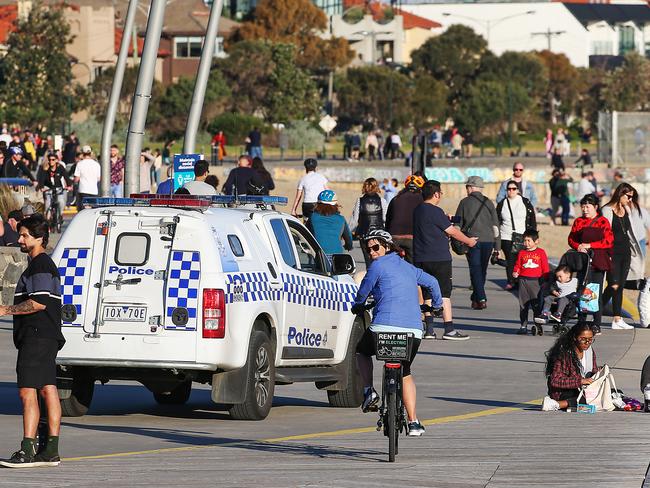
#Stayathome peaked in Sydney on Friday April 10 at just 10 per cent of usual activity, in Melbourne it dropped to nine per cent on Sunday April 12.
While the increase in activity shows we have embraced the loosened restrictions to exercise or catch up with friends and family, Australian Medical Association President Dr Tony Bartone, warned of an ‘undercurrent’ of activity that threatened a reintroduction of extensive lockdown restrictions.
“Obviously in different parts of the country the restrictions are coming off at different speeds and as such the different guidelines and background content must be taken into account,” Dr Bartone told News Corp Australia.
“It was good weather on the weekend in Melbourne and I can understand people were out walking on different walking tracks and in different environments. That is fine as long as that is the guiding principle.
“But I also think a potential point there in some people’s minds is the lack of understanding about the easing of restrictions in both states (Victoria and NSW). There is undercurrent there that perhaps people are not doing the right thing.
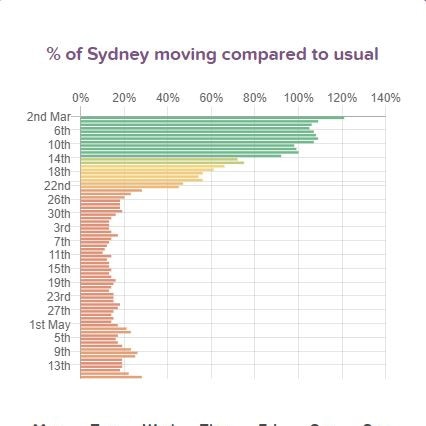
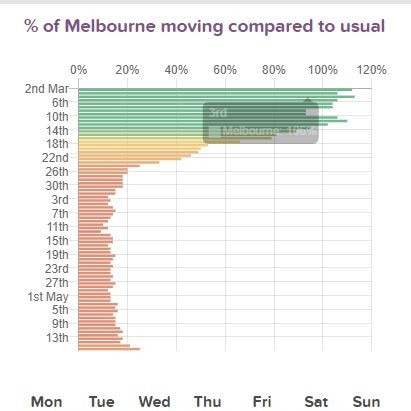
“It’s clearly disconcerting to see that potentially the messages that should be taken within reason and within common sense are not behind headed.
“Everybody needs to be reminded that it is still very early in a long-term battle with an invisible, formidable enemy. It’s not time for gay abandon. We all need to be sensible, cautious and judicious in the way we interact.”

FEARS OF A RETURN TO LOCKDOWN
Dr Bartone said some of the focus on US demonstrations against lockdowns and other examples of people demanding a return to normality, were giving people a dangerous view of the continued existence of the virus.
“We are still seeing significant numbers of people dying (worldwide) and the situation could turn around very quickly. The outbreak at a McDonald’s in Victoria is an example of that. It’s a cluster but all it takes is one person to talk to two more who talk to two more each and before we know it has spread to 30 or 40 people.
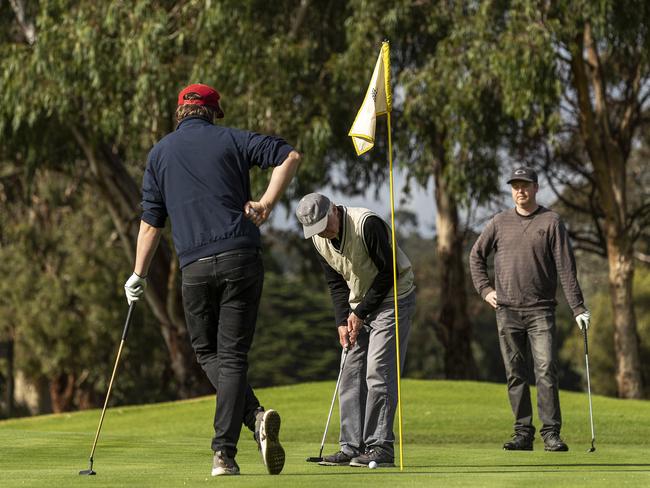
“We have dodged a bullet (in Australia) but it would be very sad if we had to reimpose restrictions. It would be soul destroying in a mental health sense but also in a community sense and economic sense.
“It’s time for baby steps and time to accept that some things are gone for all time. There is going to be a new way etiquette of going about things and some will never be quite the same.
“If we want to enjoy some liberties and some degree of regular social interaction we need to take a cautious approach to these principles to get a long term dividend. Otherwise a return to local, regional and even nationwide lockdowns is realistic.”
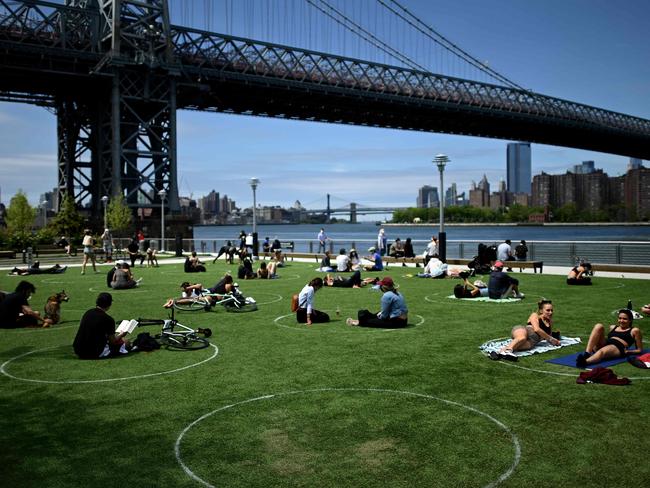
NEW YORK CITY STILL SUFFERING
The lockdown in New York City was effected around March 18 a week before Australia’s, but Manhattan and its surrounds has not returned to anywhere near our levels. On Friday and Saturday, the movement of people was just seven per cent of normal as heavy restrictions continued in one of the worst hit cities in the world.
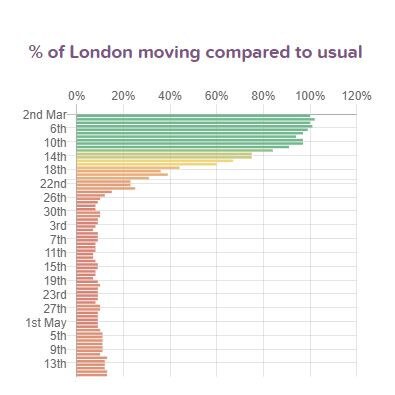
In London, whose full lockdown was imposed after New York’s but before Australia’s, the picture is not much different, the UK capital was at just 13 per cent on both days as they continued to battle the worst of the virus.
France has followed a trajectory of recovery similar to Australia. The Paris lockdown was fully enforced by March 17, according to the Citymapper data. On Saturday, Parisianas had returned to almost a third of what they were usually up to on a weekend.
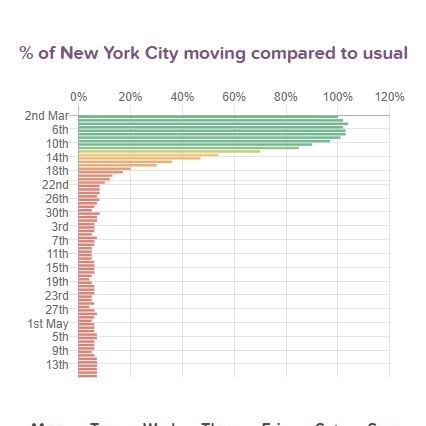
Italy, one of the worst countries hit, remains largely in lockdown, as Milan’s data indicates. Same with Tokyo. Hong Kong returned to 54 per cent of capacity on both Friday and Saturday, their highest level since mid-March.
Originally published as AMA warns Australians to take ‘baby steps’ as restrictions as graph shows alarming spike
